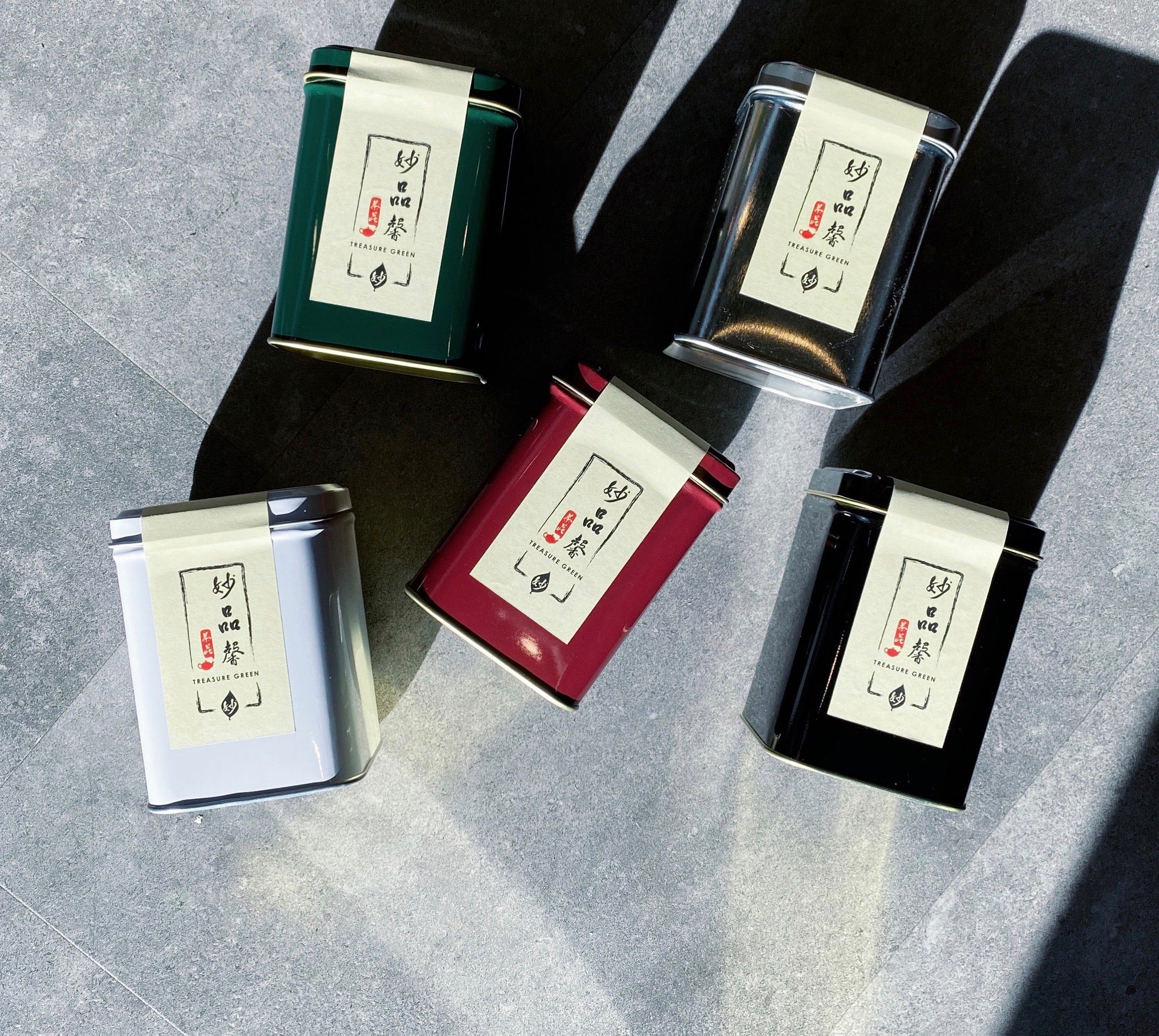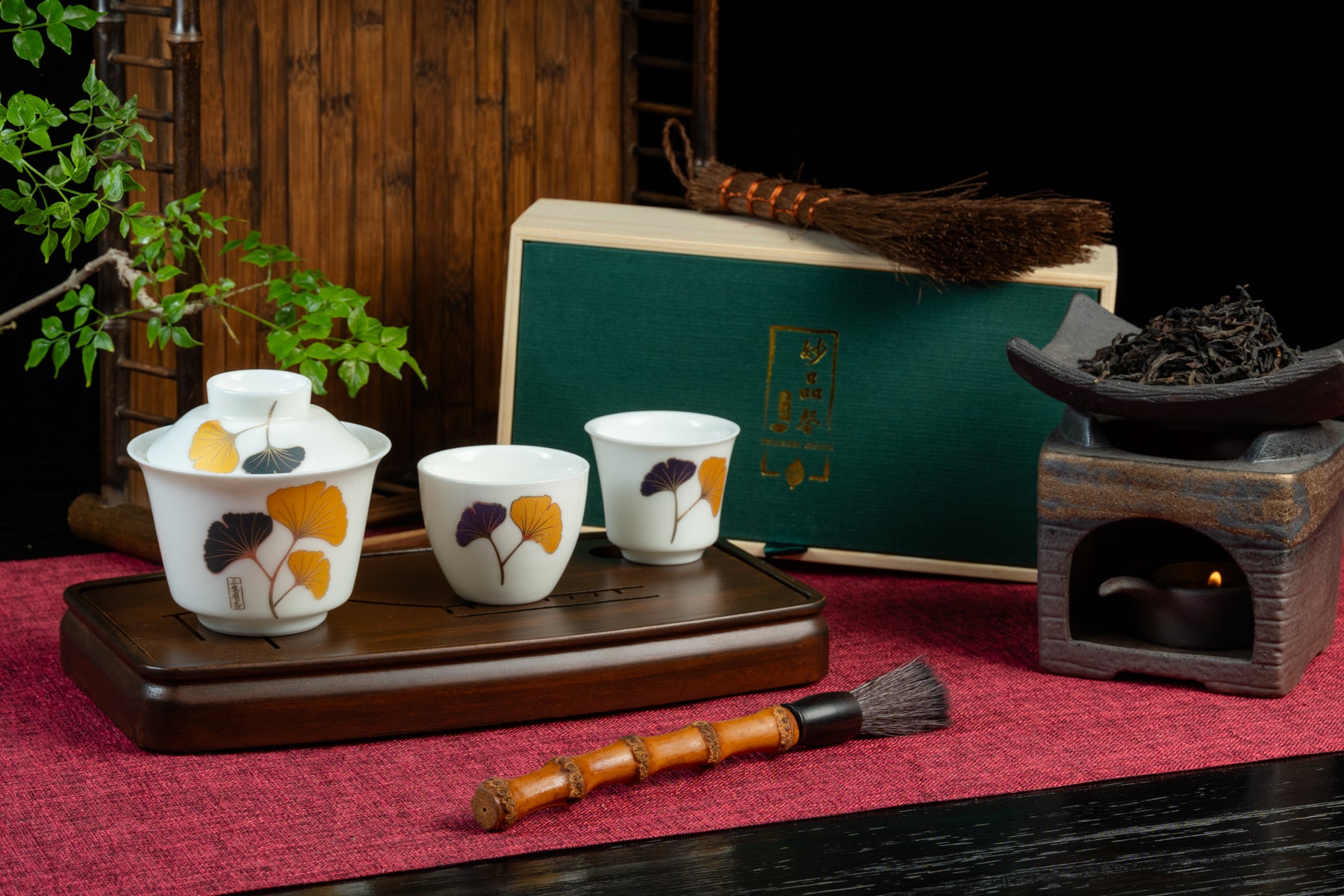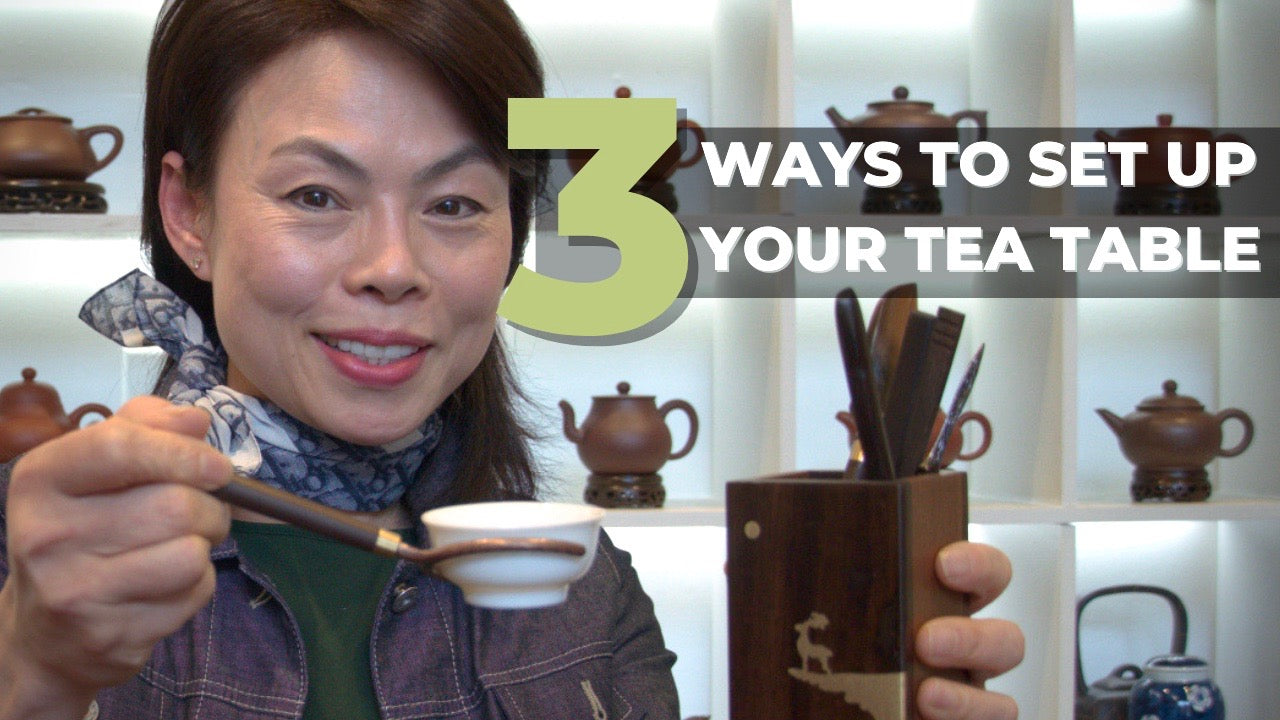5 Tea Types You Need To Know
Tea With Olivia
If you're just starting out in Chinese tea, or maybe you're looking for a refresher, this is a great place to be. We're introducing the five tea types that you're going to want to know and try as you dive further into the diverse world of Chinese tea culture.
In the past few decades, there has been an influx of interest in consuming traditional teas from Asian countries including China, Taiwan, Japan, India, and Korea (to name a few). Each of these countries hold an incredible history of tea making and it makes up a large part of their everyday rituals.
In the 40 years that our business has been open, we’ve seen more people flowing into our shop every year wanting to learn more about Chinese teas for its health benefits, taste and sensory experience, or the ritual of making tea.
We’re starting with the five main tea types. Knowing these will help you understand the different dynamics of taste profiles and a full spectrum of light, medium, and full-bodied teas.
1. White Teas
White teas are packed with antioxidants and are the least processed teas out of all the tea types. They're great to sip on all day as they're low in caffeine but are still uplifting.
Enjoy smooth textures with a honey-sweet aftertaste. It's also a great drink for the evening as it is known to warm the stomach and relax the body.
Featured tea: Organic White Peony (Bai Mu Dan)
Search for: Shou Mei, Bai Wu Dan, White Silver Needle (highest quality)
2. Green Teas
There are 3 varieties of Green teas: grassy, dark, and floral green. Grassy green teas are the least processed and offer a more fresh, vegetal taste. Dark green teas are more rich and are great for detoxing and cleansing the body. Floral green teas, such as Jasmine Green, are very popular for their aromatic, sweet experiences.
Featured tea: Emerald Silver
Search for Mao Feng, Mao Jian, West Lake Long Jing, Yin Hao Jasmine
3. Oolong Teas
With over 500 varieties of Oolong tea from different regions around China and Taiwan, you're bound to find one that you'll enjoy. There are lightly fermented teas which offer a fresh, vibrant, floral flavour and there are roasted or semi-fermented teas which are more robust and toasty in flavour.
We love the Iron Buddha variety of Oolongs which are great to drink with meals as they help with digestion and cleansing the palette.
Featured tea: Superior Roast Iron Buddha
Search for Iron Buddha, Cliff tea, Dan Cong
4. Black Teas
Black teas are a popular choice for the mornings because they're high in caffeine and very energizing. They are fully fermented teas and are known to promote heart health.
Featured Tea: Yunnan Mountain Black
Search for Yunnan Black teas, Earl Grey, Rose Black
5. Pu-Erh Teas
Pu-Erh is a fully fermented tea that is high in enzymes, can help with digestion, and lower cholesterol. There are two varieties -- Cooked (Shou) and Raw (Sheng). We recommend starting with Cooked Pu-Erh teas for beginners because they're easy drinking with a rich, earthy taste, and there's no acidity, unlike Raw Pu-Erh.
We enjoy drinking these teas after meals as they carry soothing properties for the stomach.
Featured Tea: TG Bin 317
Search for Cooked and Raw pu-erh cakes, bricks, and waffles in different vintages.
Tea Master Olivia's personal tea drinking ritual:
Morning: Black (most energizing, bold flavour)
Afternoon: Oolong (medium caffeine, soothing for the stomach, aromatic)
Evening: White tea or Pu-erh (low/medium caffeine, great for winding down)
Olivia's tip: Try them all to figure out which teas suit you best! You may be surprised with the flavours, aromas, and health benefits that may draw your attention.





